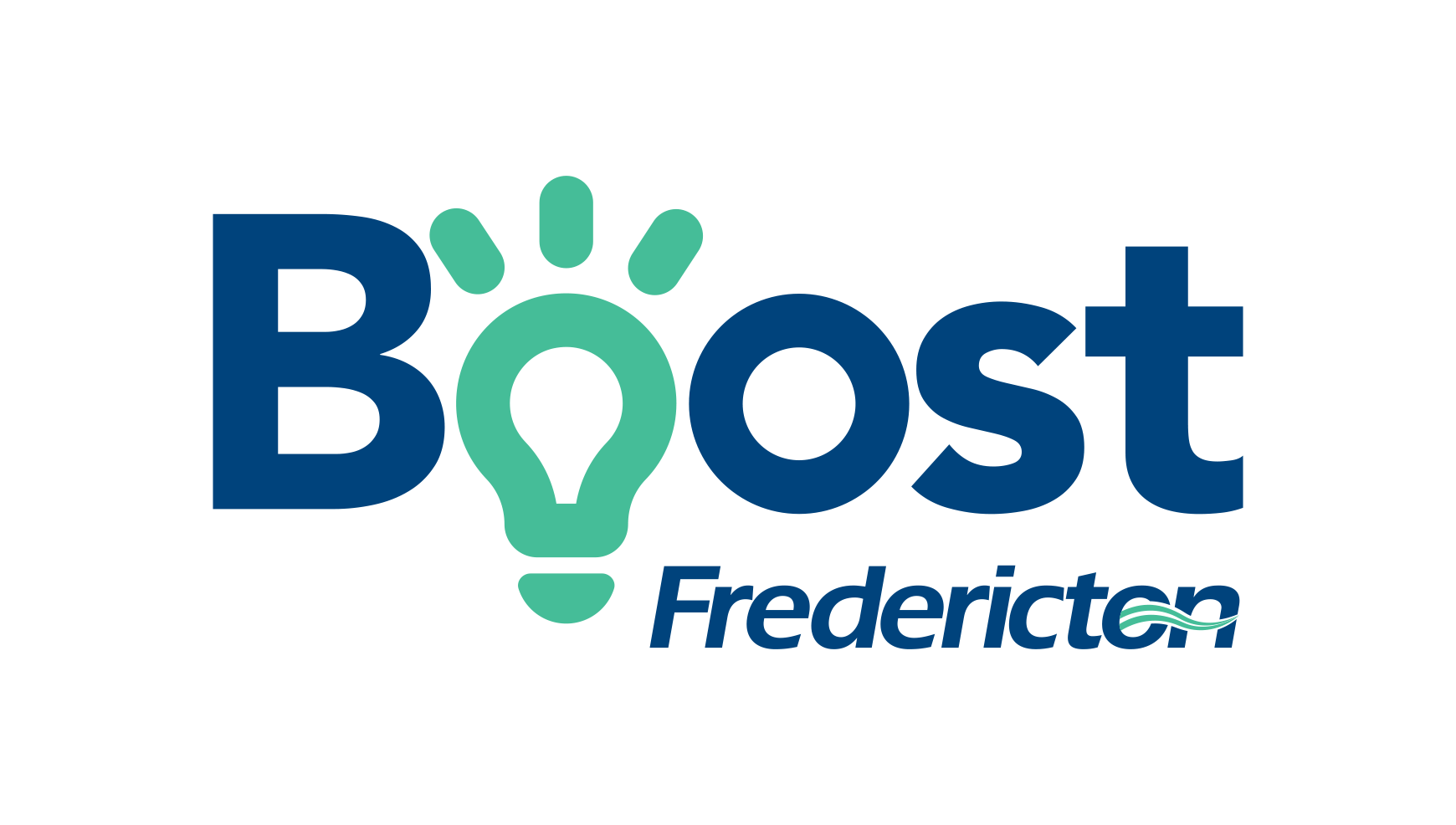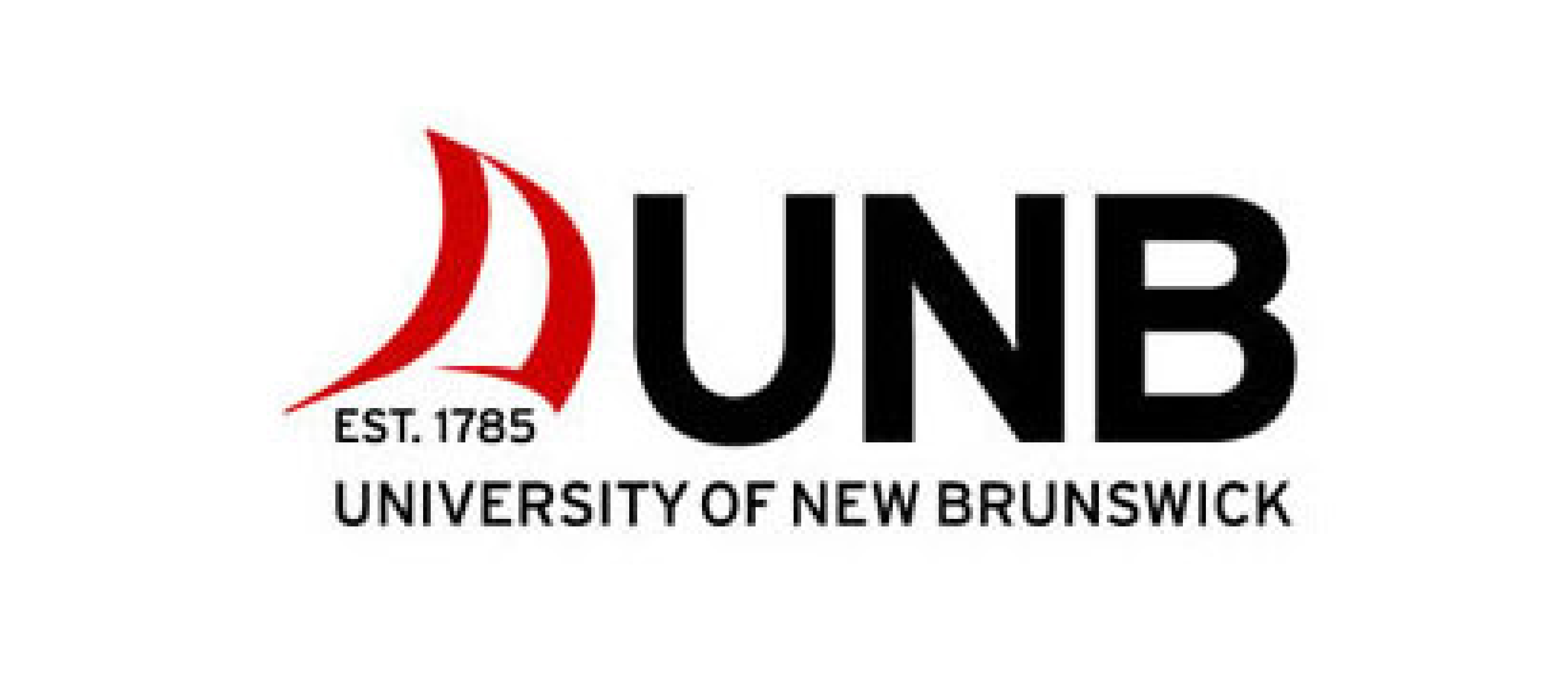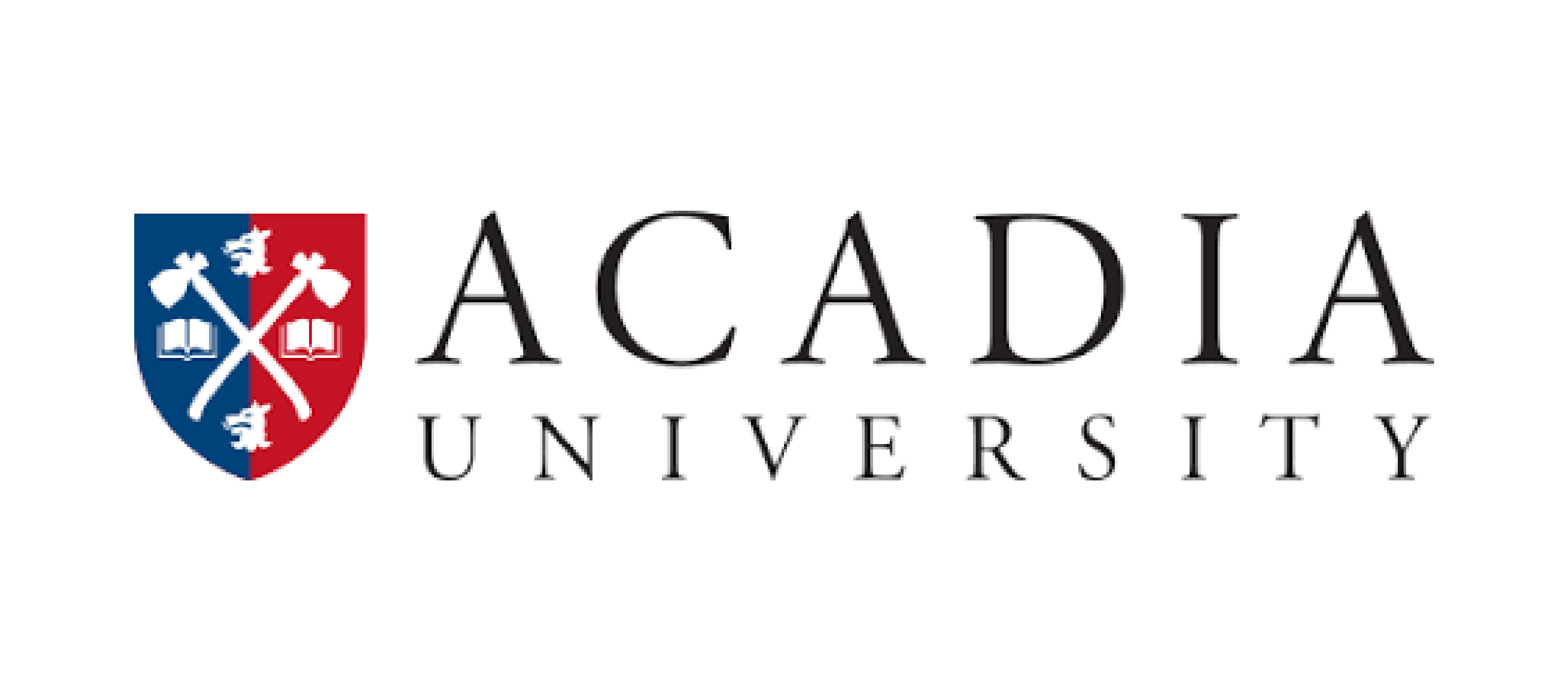Late registrations are being accepted

The Atlantic Association for Research in the Mathematical Sciences (AARMS) will host its third Industrial Problem Solving Workshop (IPSW) in a purely online format from from July 26 to August 6
About IPSWs
The main goals of an IPSW are to build connections between researchers in industry, non-profit organizations, and academia. Organizations based in Atlantic Canada and elsewhere present problems related to their interests, and participants will break into teams to explore solutions to these problems. The problems come from a variety of subject areas, but all are designed to be approachable by students and postdocs with backgrounds in pure mathematics, modelling, scientific computing, computer science, or data analysis. Each problem group will be led by one or more university faculty members with expertise relevant to the technical challenge at hand, but participants with a wide range of interests and expertise are welcome. Over the course of the workshop, problem groups will work collaboratively to explore possible solution strategies to the technical challenges and propose longer-term research directions, as well as make connections to a larger group of companies and academic researchers with similar interests.
Event format
This year's IPSW will be a little bit different from previous versions: it is two weeks in duration and convened exclusively online. Problem solving teams are invited to use AARMS video-conferencing resources to schedule their own problem solving sessions during the course of the workshop. It is expected that many people will participate on a part-time basis. We will plan to organize several optional live events during the course of the workshop aimed at networking and career-oriented skills training.
Prizes
- NBIF Award for best problem solving pitch ($500 shared amongst student/postdoc presenters)
- Springboard Atlantic Award for most valuable student/postdoc problem solver ($500 for one student)
- AARMS Award for best solution ($2000 shared amongst student/postdoc members of the winning team)
- CANSSI Atlantic prize for the most effective use of statistics in problem solving ($200 for one student)
- Mitacs prize for best problem ($1500 voucher for one non-academic problem presenter)
Important dates
- July 23-26, 2021: Prerecorded problem presentations from industry and non-academic partners will become available in conference app
- July 26, 2021: Live Q&A panel from industrial and non-academic representatives
- July 26, 2021: Participants divided into problem solving groups
- July 27-30, 2021: Groups meet online to discuss problem solving strategies
- July 30, 2021: Mid-workshop progress presentations
- August 3-6, 2021: Groups meet online to discuss problem solving strategies
- August 6, 2021: Final presentation of problem solutions
Sponsors and partners
Problem descriptions
The Black Arcs (TBA) builds agent-based microsimulations to explore how changes impact a community. These microsimulations use a synthetic population layered on top of real geospatial data and simulate travel activities using an implementation of Miller and Roorda’s Travel Activity Scheduler for Household Agents (TASHA). One emergent property that can come from these microsimulations is a synthetic contact matrix generated from the activity of the agents over a period of time. Contact matrices have proven to be a valuable tool for predicting the spread of infectious diseases, with COVID-19 being a recent example. Specifically, these contact matrices can directly inform parameters in ordinary differential or network based models of disease spread. This challenge looks to investigate how this type of disease modelling can be applied to synthetic contact networks generated in TBA’s microsimulations in order to explore a variety of infection scenarios.
The City of Fredericton
CFM (a JDI subsidiary) uses drones to inspect critical infrastructure in various industry sectors. Multiple flights of the same structures are flown over time to determine whether changes (corrosion, structural damage, etc.) have taken place. Currently, the process is manually-driven and does not offer automated change detection for the large and often complex structures we inspect. This process is cumbersome and offers little value to the end-user. An automated means of detecting change using background information from CFM’s inspection group and drone imagery may offer significant cost savings and value to our many customers. The goal of this problem is to create an automated workflow where drone imagery from multiple campaigns is overlaid and compared for any visible change using relevant inspection criteria and analytics. The preferable outcome is a user-friendly visual tool that displays any areas where change has been automatically detected between campaigns. Visualization tools are currently available in the market place, however the change detection algorithm needs to be developed.
The New Brunswick Department of Natural Resources and Energy Development requires the development of a deer population estimation model. The Fish and Wildlife Branch currently uses a population dynamics model which accounts for annual population change (births and deaths) that provides information on trends but not abundance. A model is required that will produce reliable abundance estimates at a Wildlife Management Zone level and predict future populations under various harvest and climatic scenarios. Existing digital data that may be used for statistical analysis includes harvest data (sex/age), vehicle collision data (age/sex, female productivity), and summer/winter survival rates.
Apply to the 2021 AARMS IPSW
Late registrations are being accepted












